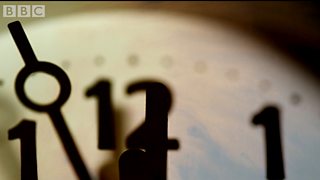Main content

23/01/2017
A spiritual comment and prayer to begin the day with Ed Kessler, from the Woolf Institute in Cambridge.
Last on
Mon 23 Jan 2017
05:43
ΒιΆΉΤΌΕΔ Radio 4
Hear!
Good morning!Β For the Jewish community our world is defined as much by what we hear as what we see.Β The biblical relationship between God and the Children of Israel is based not on sight but on what is heard. It is spoken, affirmed, declared, heard, heeded, assented to. It belongs to a culture of the ear, not the eye.Β Many of the key Jewish practices are study and prayer, the word addressed by human beings to God, and the word addressed by God to humanity.Β This stands in contrast to a language saturated with visual metaphors for knowledge. We speak of insight, hindsight, foresight; of a view, a perspective, a vision. We call people perceptive. When we understand something, we say, βI see.β Β In Judaism, however, the key metaphors are all auditory.Β In the Talmud, phrases referring to knowledge, understanding, or tradition, are often variants of the verb shema, meaning βto hear.β Nor is this accidental. The God of the Hebrew Bible is invisible. All visual representations are forbidden, some idolatrous. Even the texture of biblical narrative is non-visual. We have no idea of what Abraham or Moses looked like. There is little or no description of landscapes. Β God showed himself to Moses and to the Israelites not in the image but in the call. When the prophet Elijah perceived God, he heard only a still small voiceΒ This may explain why our most important prayer is the called the Shema, which means βHearβ and calls on us to listen and to acknowledge the One God:Β Hear O Israel, the Lord is Our God, the Lord is one.Β Β Amen
Broadcast
- Mon 23 Jan 2017 05:43ΒιΆΉΤΌΕΔ Radio 4

